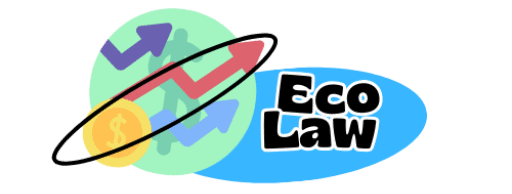Introduction:
The term oligopoly is derived from two Greek words oligoi and Pollein meaning a few to sell. Thus it is a market where there are few firms producing either identical product or differentiated product. An oligopoly is a type of market where a small number of firms dominating the market. These firms are interdependent, its means the actions taken by one firm impact the others. The types of oligopoly are
According to Mc. Connell oligopoly is a market situation in which number of firms in an industry is so small that each must consider the reaction of rivals in formulating its price policy.
Examples of Oligopoly Markets
- Automotive industry (e.g., Toyota, Ford, Volkswagen)
- Airline industry (e.g., Delta, American Airlines, United Airlines)
- Smartphone industry (e.g., Apple, Samsung)
- Media and entertainment (e.g., Disney, Comcast, Warner Bros.)
TYPES OF OLIGOPOLY:
- Pure or pure perfect oligopoly and imperfect or or differentiated oligopoly:
on the basis of product differentiation, oligopoly maybe classified as pure or perfect oligopoly and imperfect or differentiated oligopoly. In the case of pure oligopoly the product of different firms in the industry is identical or homogeneous while in the case of differentiated oligopoly the product of different firms are not identical but rather differentiated products. This differentiated oligopoly will exist where the competing forms produce products which are close substitutes but not perfect substitutes.
2. Open oligopoly and Closed oligopoly: On the basis of the entry of new firms into the industry, oligopoly may be classified as open oligopoly and closed oligopoly. An open oligopoly gives full freedom to new firms to enter in to the industry or market, there is no restriction of any type for the firms to enter. In a closed oligopoly only the few firms control the whole market and new firms are not allowed to enter the industry.
3. Partial oligopoly and full oligopoly: On the basis of presence and absence price leadership, oligopoly classified in to partial and full oligopoly. In a partial oligopoly, a industry is dominated by one large firm and the other firms of the industry follow the price policy determine by the dominating industry. Full oligopoly market is a type of market where there is no dominating industry as well as the followers.
4. Collusive and non collusive oligopoly: On the basis of agreement, oligopoly market classified as collusive and non collusive oligopoly. A collusive oligopoly refers to a market situation where the firms of the industry follow a common pricing policy to avoid competition among themselves. But a non collusive oligopoly market is a kind of market where there is no agreement among the firms regarding to price and output of the entire market.












